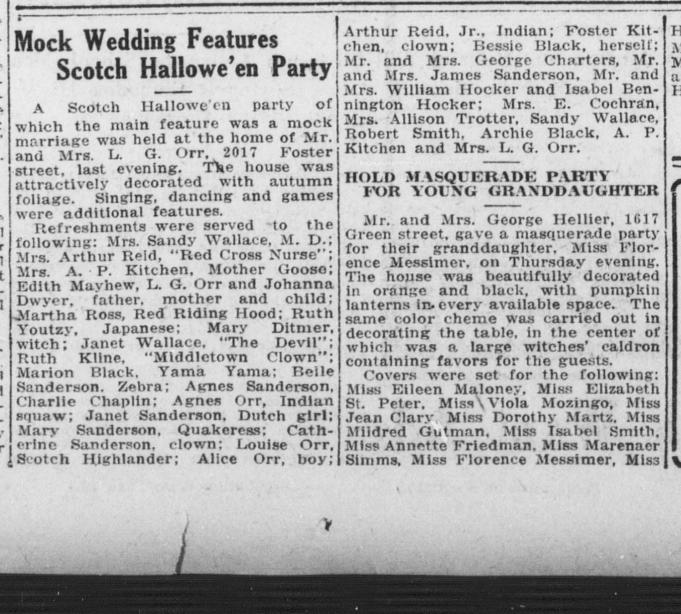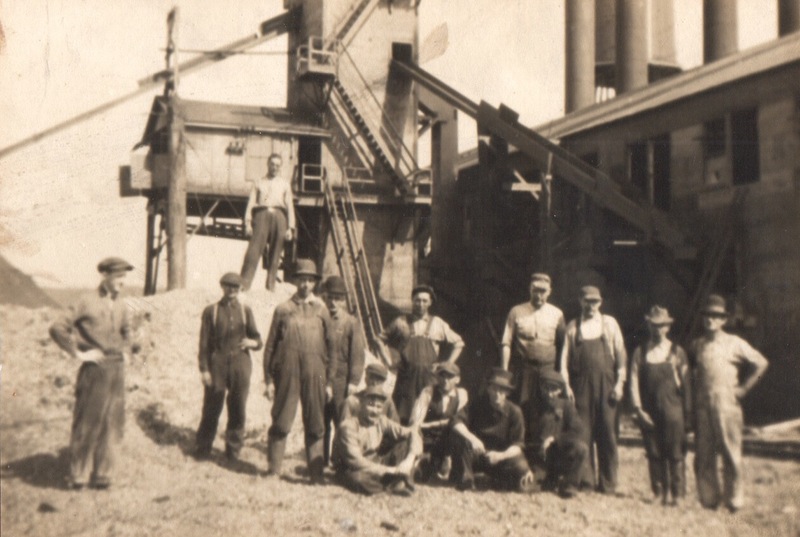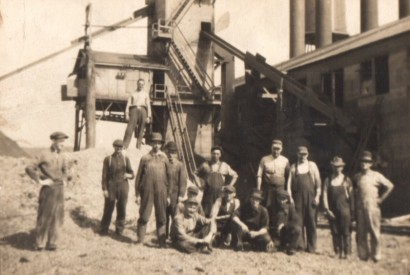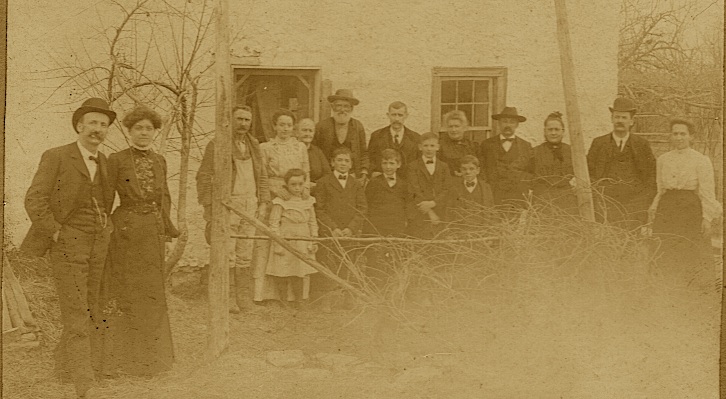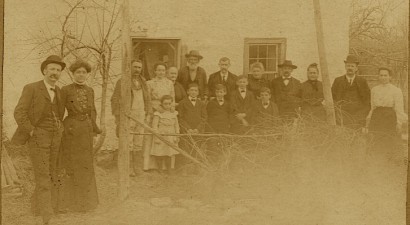I was scanning some gravestone photos the other day to add to Findagrave and became intrigued with a couple that I had photographed, but that didn’t ring any bells. I had included them in the plastic sleeve with those of Adam and Eve (Hamaker) Hocker. The two gravestones—for Mary Ann Hocker and Solomon Hocker—captured my attention because the markers were of the same style as Adam and Eve’s.
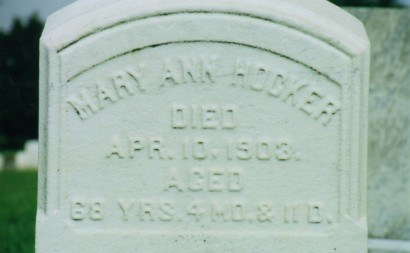
Gravestone for Mary Ann Hocker
I had to wonder if Mary Ann and Solomon were children of Adam and Eve. According to the information I have, Adam Hocker married Eve Hamaker, daughter of Adam Hamaker and Magdalena Snavely, on 22 February 1838 in Dauphin County, Pennsylvania. Calculating Mary Ann’s birth date from her age at the time of her death, as recorded on her gravestone, I got 30 November 1834—before Adam and Eve were married.
Could she have been the child of a previously unknown former marriage? In an 1870 probate petition Adam Hocker Jr., Adam’s son, reports that his father left a widow and nine children: “Jacob, John, Adam, Elizabeth Cumbler, wife of George Cumbler, Sarah, David, Melinda, Martin and Anne.” Going by this, Adam did not have a daughter named Mary Ann.
However, I found a newspaper announcement from the Harrisburg Patriot of 2 June 1871 that named the heirs and legal representatives of Adam Hocker, late of Swatara Township as: “Mary Hocker, Jacob Hocker, John Hocker, Adam Hocker, Elizabeth Cumbler, wife of George Cumbler, Sarah Hocker, David Hocker, Melinda Hocker, Martin Hocker and Anna Hocker.” This indicates that Adam did have a daughter named Mary.
So, I had two conflicting pieces of information. Which was correct?
Reviewing census records (1840, 1850, 1870, 1880), I found Mary living in Adam and/or Eve’s household for each of the years. In the case of the 1840 census, there was a female in the appropriate age group to have been born in 1834 who presumably could have been Mary. Only the 1880 census enumeration provided the relationship to the head of household—Eve—as “daughter.”
However, the most illuminating source was a legal report from the 12th Judicial District, reporting on the estate of Mary Hocker of Steelton, Pennsylvania. Apparently, Mary lived with her sister Annie (Hocker) Longenecker, wife of William Longenecker, for the last ten years of her life. After Mary died, Annie applied for compensation for “$3,120 [from Mary’s estate] for boarding, washing, lodging and care for six years immediately preceding her death.” The report mentions by name the administrator (John Hocker) as well as siblings—Adam Hocker and Mrs. Cumbler [Elizabeth (Hocker) Cumbler]. Ultimately, the court ruled against Annie, but the case provides evidence that Mary Ann Hocker was the daughter of Adam Hocker.
Whether Adam was married previously or not, I don’t know. Eve (Hamaker) Hocker’s obituary states that she had 8 children survive her. My information shows that her children—Jacob, John, Adam, Elizabeth, Sarah, Malinda, Martin and Annie—all were still living in 1892. Only David had predeceased her, having died in 1887 at the age of 36. Mary Ann was still alive, not dieing until 1903, so it is possible that she was the child of Adam and an as yet unknown first wife.
In this case, two somewhat unusual sources—a newspaper announcement and a court report—provided the information required to connect Mary Ann Hocker to Adam and Eve Hocker, showing her to be a child of Adam Hocker.
Adam and Eve’s relationship to my Hacker-Hocker lines is currently unknown. William Wingeard incorrectly identified Adam as the son of Rev. John4 Hocker (Johan Adam3, Johan Adam2, Christopher1, StephenA) and Christianna Sterling. However, that Adam moved to Montgomery County, Ohio in the late 1830s with the rest of Rev. John Hocker’s family. Other possible fathers for Adam include: George Hocker, son of Frederick3; John Hocker, son of Frederick3; and George Hocker, son of Adam2.
This post is part of an ongoing, blogging challenge entitled 52 Ancestors in 52 Weeks, created by Amy Crow of No Story Too Small. Participants must write about one ancestor every week. This is my sixteenth 52 Ancestors post and part of week twenty-six.
